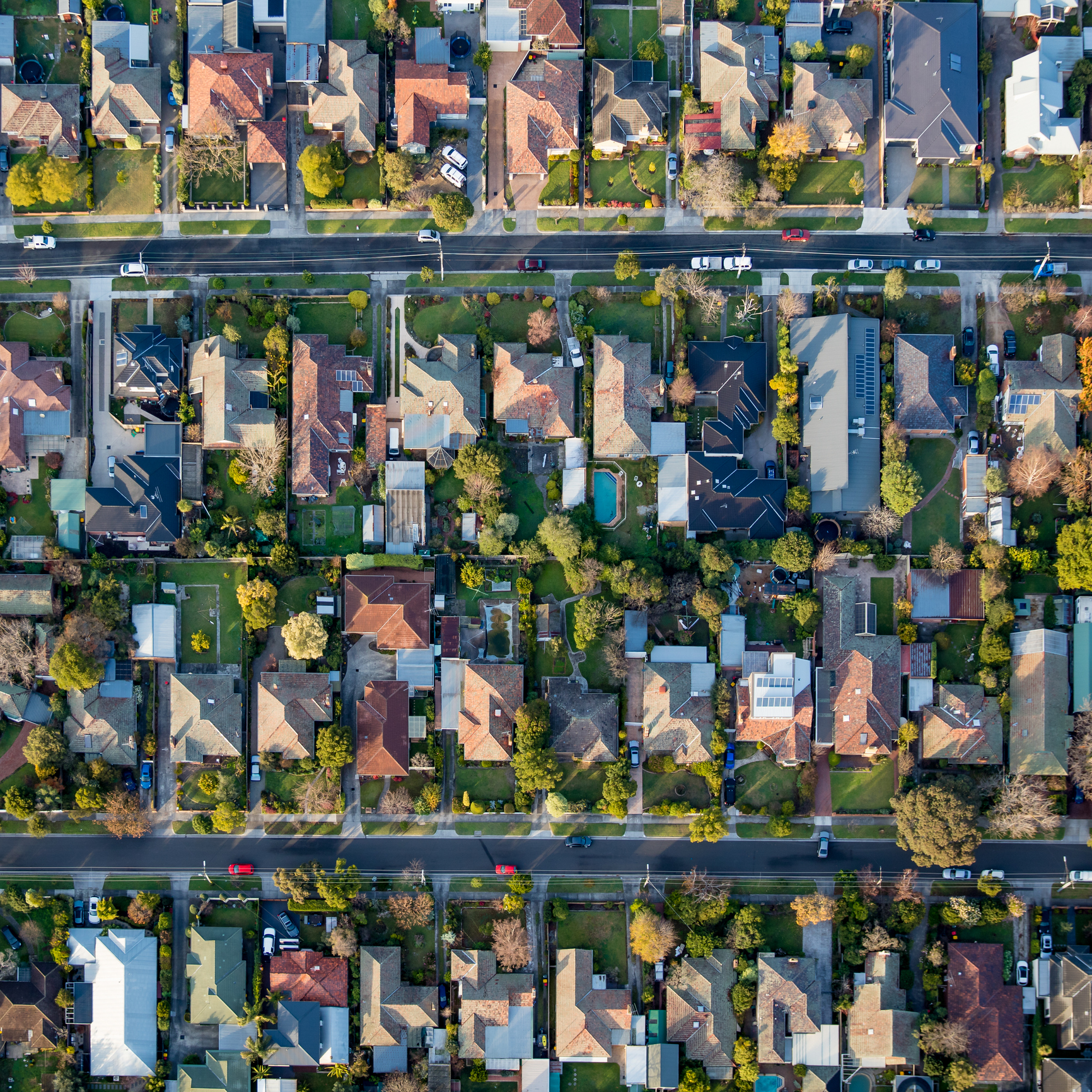Shock likelihood of interest rate cut path for 2025
Many will be taking comfort in the fact that the nation’s big four banks are predicting several rate cuts for the rest of the year.
The cuts come as the Reserve Bank of Australia (RBA) shifts its focus from reducing inflationary pressures to measures designed for economic growth.

Ahead of the next cash rate decision on 20 May, here are the latest forecasts:
CBA predicts a cut each quarter in 2025, taking the cash rate to 3.35% by the end of the year.
Westpac predicts cuts in May, August, and November, taking the cash rate to 2.25% by the end of the year.
ANZ predicts three more cuts, taking the cash rate to 3.35% by August, while National Australia Bank expects that rates will ease more quickly through the middle of this year, taking the cash rate to 2.6% by 2026.
The adjusted forecast sees the RBA cutting 50 basis points (bps) in May, followed by 25bps in July, August, November and February 2026.
NAB Economic chief economist Sally Auld says the downward shift in domestic and global growth since the RBA last met in early April meant a restrictive policy stance in Australia was no longer appropriate.
'How interest rate cuts affect the property market': youtube.com/mortgagechoice
“Our call for a 50bps easing in May reflects the fact that with the real cash rate of 1.3% and policy currently restrictive, the RBA needs to play catch up,” Dr Auld says.
“Once the cash rate reaches a level more consistent with a neutral policy setting, we then expect the RBA to pause for a few months before taking the cash rate into modestly accommodative territory,” she says.
Some of the other banks have also predicted rate cuts. Bendigo Bank, for example, predicts four more rate cuts, including one this month, which will take the rate down to around 3.1%, a drop of 25 bps per quarter.
Several finance experts are also expecting further cuts this year. Stephen Tropoulos, group director of Highfield Private predicts up to three cuts this year, including a probable cut of 0.25% this month.
“Beyond that, we may see an additional one or two rate cuts later in the year, but that will ultimately depend on key economic indicators, particularly inflation, employment data and broader economic activity, which the RBA monitors closely,” he says.
“If those data points don’t support further easing, we’re likely to see the cash rate remain stable.”
Impact on house prices
Of course, interest rate changes will have an impact on the housing market. Rate cuts usually mean more interest in properties in the market, bumping up competition among buyers.
Looking back over recent weeks, home prices continued to climb in April, albeit slower than seen in the first three months of the year.
Australia’s median home price hit a new record high in April, the PropTrack Home Price Index shows, rising 0.2% to reach $805,000.

Trump’s tariffs
While rate cuts are only predictions based on economic data available, no one has a crystal ball, and there’s still a lot of global uncertainty out there.
It’s difficult to know just yet what impact US president Donald Trump’s tariffs will have on Australian interest rates. When commenting on the tariffs, the RBA has said it is well placed to respond to international developments that may or may not have an impact on inflationary pressures.
No doubt, the RBA will be watching international markets closely ahead of its May cash rate meeting.
Preparing for cuts
With the worst behind us in terms of increases, most Australians have already adjusted their budgets accordingly.

Prime minister Anthony Albanese has promised Australians a raft of different tax cuts to ease cost of living pressures. Picture: News Corp Australia
Labor’s election win means prime minister Anthony Albanese will be introducing a number of cost of living tax cuts designed to ease the pressure on households.
These include $800 million in the federal budget to lift property prices and income caps on its Help to Buy scheme, which contributes equity of up to 40% to support eligible home buyers.
Financial relief for households also includes the introduction of an alcohol excise, an energy bill rebate of $150 for all households, a 20% reduction on student loan debts, tax cuts to lower income earners, tax deductions and changes to the Medicare levy.
Checking your rates
That said, now is a critical time to ensure you’re not leaving money on the table, Mr Tropoulos says.

Banks are split on predicting how the Reserve Bank of Australia will choose to react to geopolitical turbulence. Picture: News Corp Australia.
“Many borrowers who were proactive after the February rate cut found they could refinance and secure significantly better deals, even beyond the 0.25% RBA cut,” he says.
Some of his clients have been able to reduce their rates by 0.75% or more, resulting in thousands of dollars in annual savings.
“If the RBA does go ahead with another rate cut in May, it could be an excellent time to reassess your borrowing capacity,” he explains. “Lower interest rates will improve your serviceability and potentially allow you to re-enter the market, whether you’re looking to buy your first home or expand your investment portfolio.”
“Reviewing your lending structure now could put you in a strong position to take advantage of opportunities as market conditions evolve,” Mr Tropoulos adds.

Mortgage Choice chief executive Anthony Waldron said home owners should check in periodically with their broker to ensure their arrangement is beneficial. Picture: supplied
Mortgage Choice chief executive Anthony Waldron agrees. With cash rate expected to fall further this year, borrowing capacity can increase, though there will also be increased competition from other buyers.
“Borrowers who haven’t had their home loan reviewed in more than a year should chat to their mortgage broker to find out if their home loan interest rate is still competitive,” Mr Waldron says. “Your broker can quickly compare your current loan against what’s in the market and help you find the right loan for your needs.”
What next?
The RBA board will meet next week to make its next cash rate decision. Markets are pricing in a 54% chance of a cut as of 12 May.



